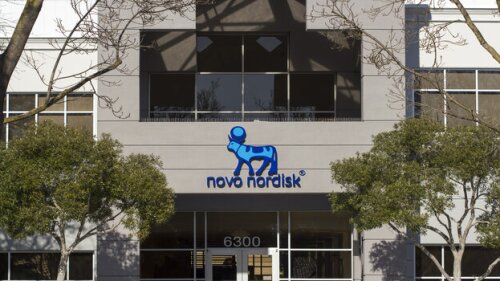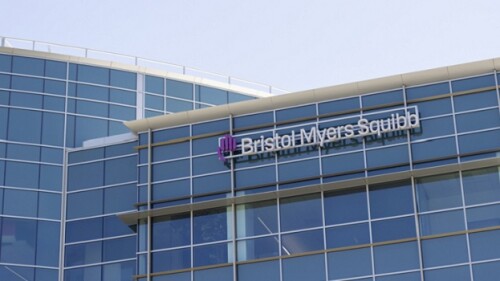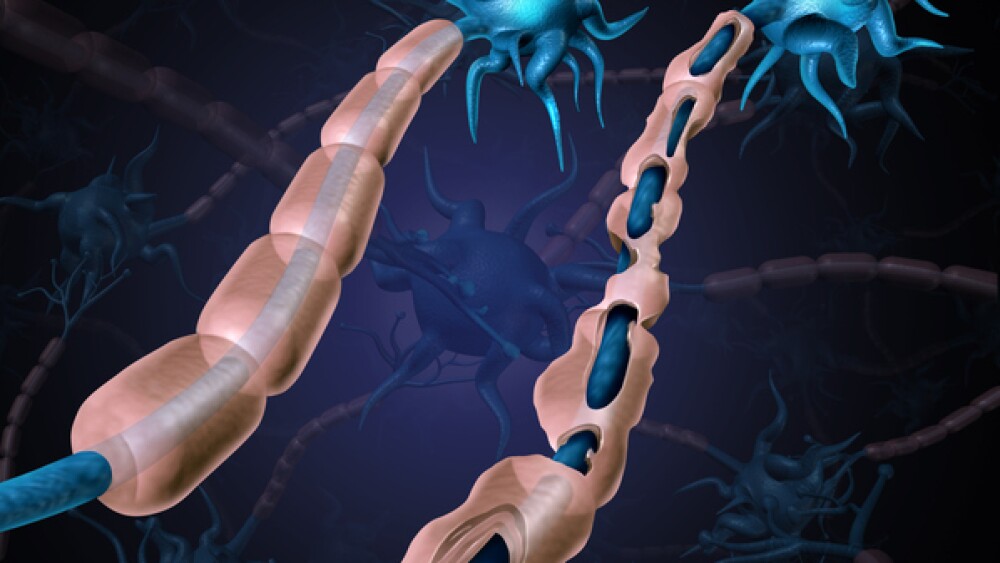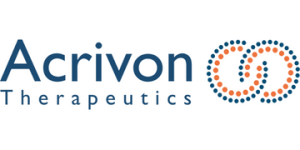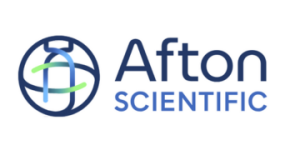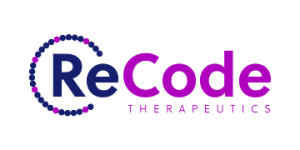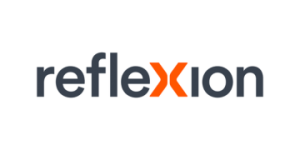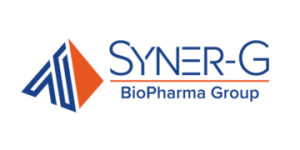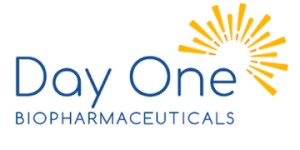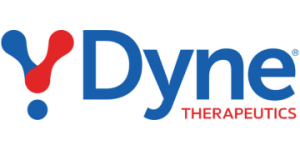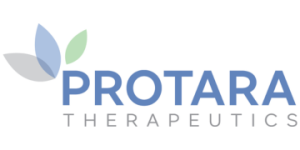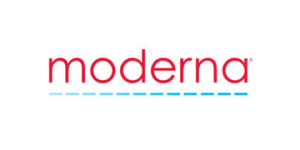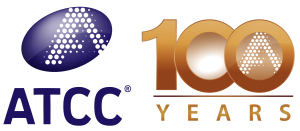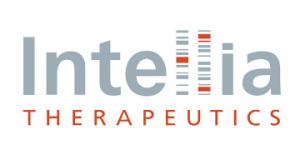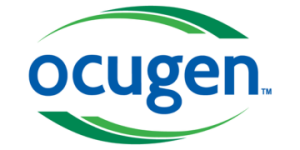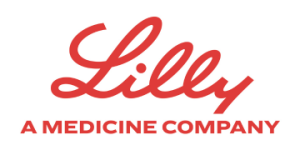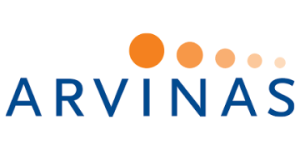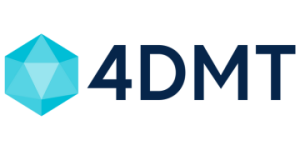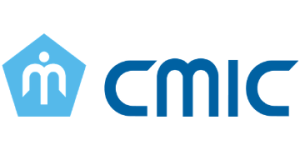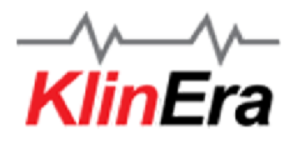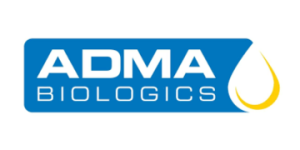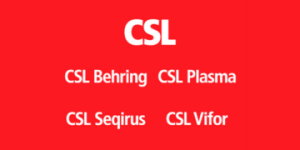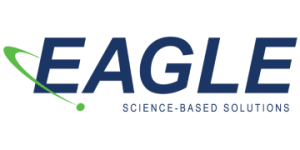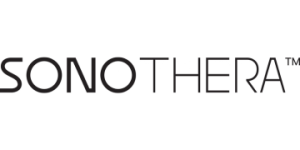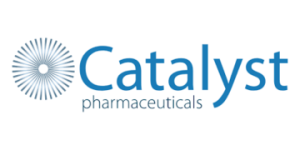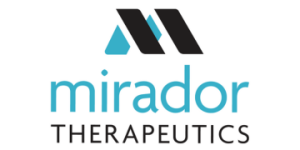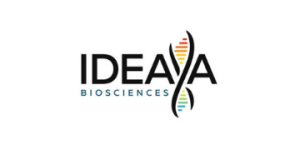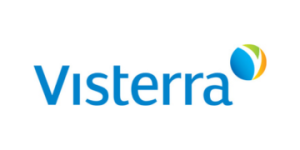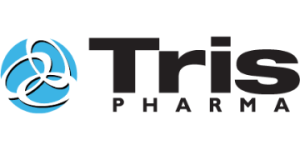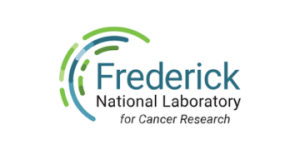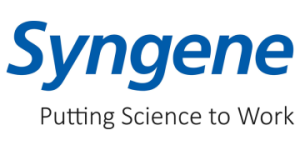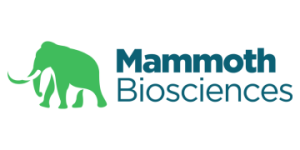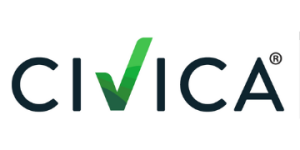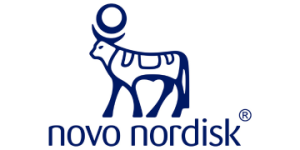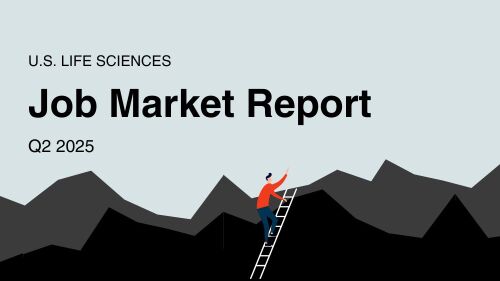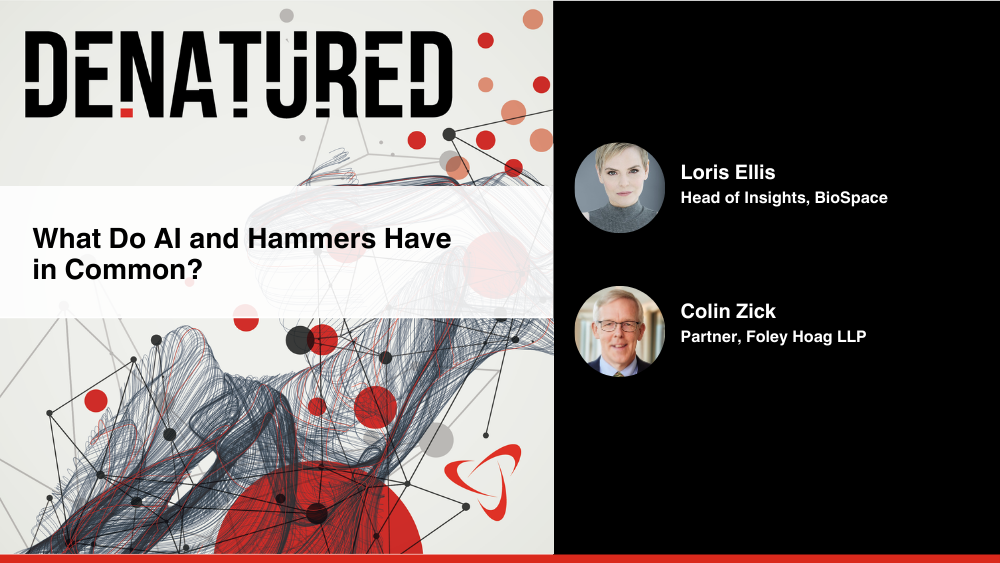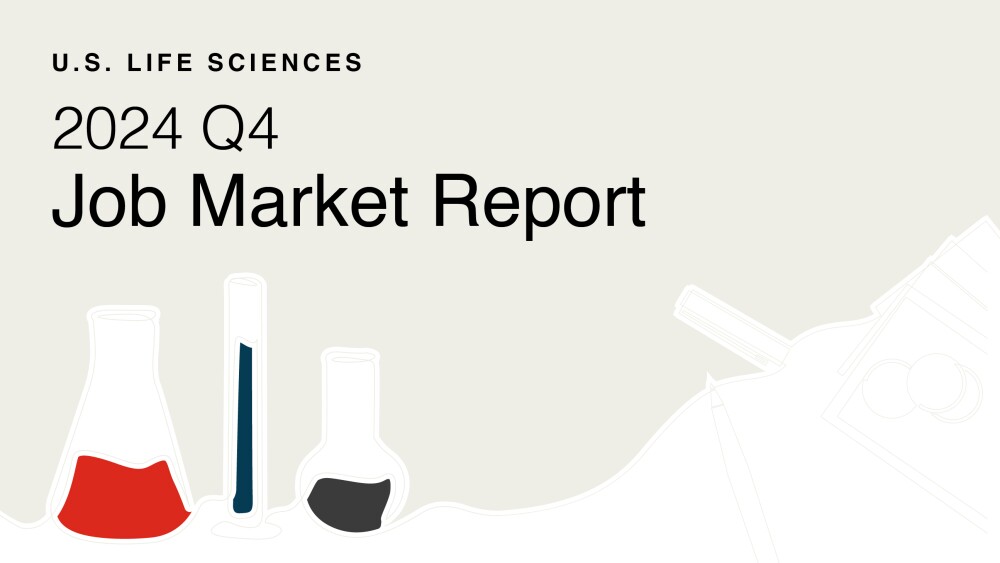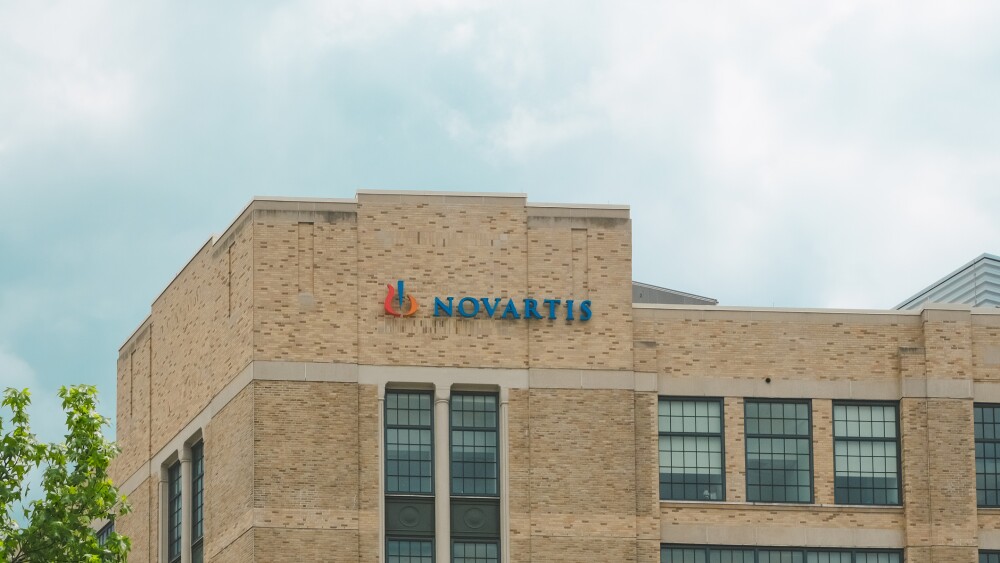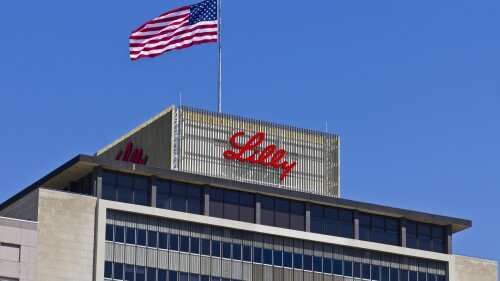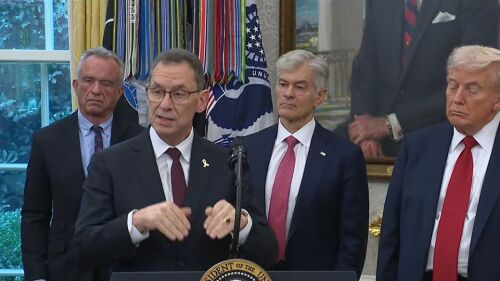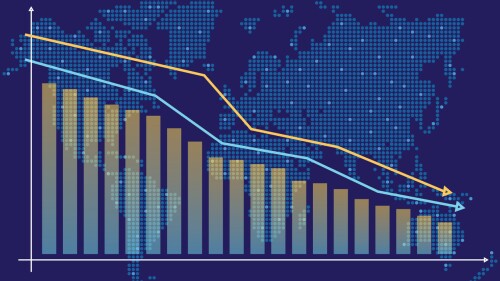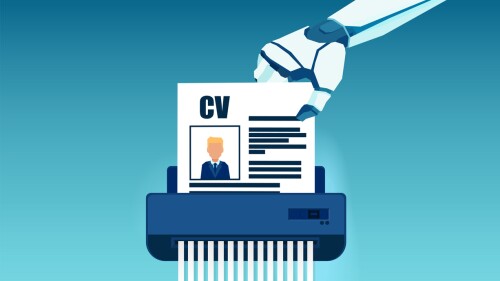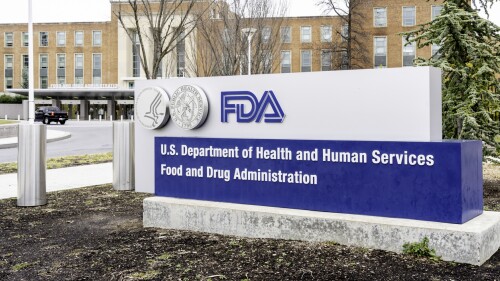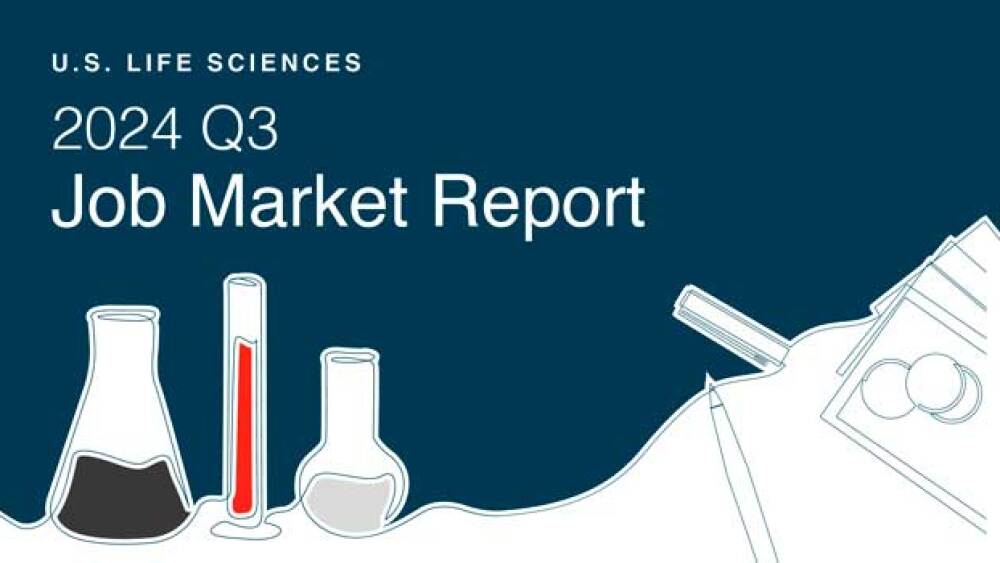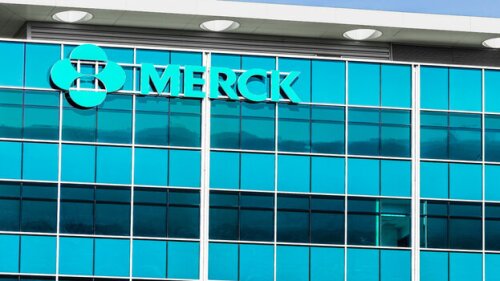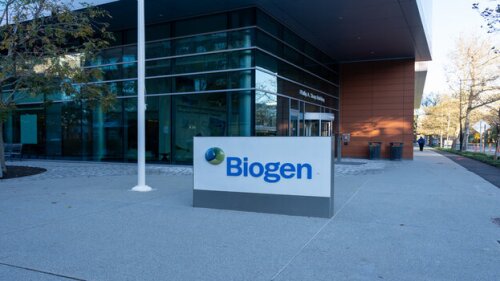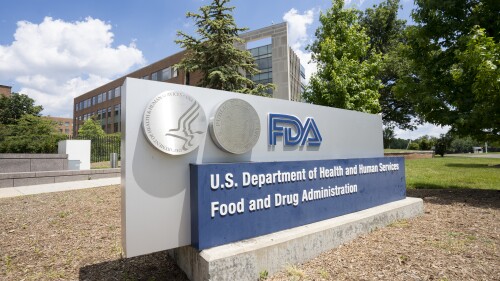This webinar, tailored for scientists in academia, biotech, and pharma, explores how intelligent mRNA designs can reduce experimental workloads and improve mRNA performance and efficacy.
Novo Nordisk strikes another deal, this time with Omeros, amid a broader pipeline restructuring that recently claimed its cell therapy work.
After beating Novo Nordisk’s semaglutide last month, Lilly’s much anticipated oral candidate orforglipron has taken down AstraZeneca’s Farxiga in a head-to-head trial.
The company is pursuing a Phase III trial for its topical stem cell-rejuvenating molecule that aims to reactivate hair growth.
2025 has been a busy year for Boehringer Ingelheim, which has so far inked at least five hefty partnerships—including its latest one with South Korea’s AimedBio for an antibody-drug conjugate therapy for cancer.
Bristol Myers Squibb and insitro first partnered in 2020 to develop induced pluripotent stem cell models of amyotrophic lateral sclerosis and frontotemporal dementia. Last December, BMS exercised its option for an ALS target.
FEATURED STORIES
Cell and gene therapy experts question where the FDA designation fits in an environment that features a range of intersecting regulatory perks.
As industry leaders gather at the annual event in Phoenix, the cell and gene therapy space remains in a state of flux, with M&A activity and regulatory support signaling momentum while commercialization challenges continue to hinder broader investor interest.
Smarter design through targeted delivery and human-relevant testing can save the industry from costly safety failures.
While Bruton’s tyrosine kinase inhibitors are often hailed as the next big breakthrough in multiple sclerosis, Immunic Therapeutics and others are leveraging neuroprotective targets and remyelination to keep the disease at bay.
Following up on previous, dimly received issuances, a new set of ideas published by the FDA to streamline regulatory pathways for cell and gene therapies ‘for small populations’ is receiving a warmer welcome—but experts warn it will take more to turn the tide for the fraught therapeutic space.
J&J still holds the top deal of the year by value with its $14.6 billion buy of Intra-Cellular in January, but the next four biggest acquisitions came in the past four months.
FROM BIOSPACE INSIGHTS
The Future of Cell and Gene Therapy: Navigating Innovation, Regulation, and Manufacturing Challenges
An interview with Philip Vanek, chief commercialization officer of the International Society for Cell & Gene Therapy (ISCT), reveals both promising developments and significant concerns shaping the advanced therapies sector’s trajectory through 2025 and beyond. This interview was conducted with support from Tozaro.
LATEST PODCASTS
The FDA is hoping to repurpose GSK’s Wellcovorin for cerebral folate deficiency; Pfizer acquired fast-moving weight-loss startup Metsera for nearly $5 billion after suffering a hat trick of R&D failures; psychedelics are primed for M&A action and Eli Lilly may be next in line; RFK Jr.’s revamped CDC advisory committee met last week with confounding results; and Stealth secured its Barth approval.
In this episode of Denatured, BioSpace’s head of insights Lori Ellis and Colin Zick, partner at Foley Hoag LLP, spend time discussing some of the points brought up in the Bioprocessing Summit last month. They explore the connections between hammers, AI, The Planet of the Apes and monoliths.
The White House is clamping down on pharma’s ability to buy new molecules from Chinese biotechs; Sanofi, Merck and others abandon the U.K. after the introduction of a sizeable levy; Novo CEO Maziar Mike Doustdar lays off 9,000 while the company presents new data at EASD; Capsida loses a patient in a gene therapy trial; and CDER Director George Tidmarsh walks back comments on FDA adcomms.
Job Trends
Massachusetts biopharma workforce growth was fairly flat last year, and R&D and manufacturing employment declined, according to a new MassBio report. BioSpace data further highlight challenges facing the state, showing roughly 2,300 people out of work in 2025 and jobs live on the website falling.
Subscribe to Genepool
Subscribe to BioSpace’s flagship publication including top headlines, special editions and life sciences’ most important breaking news
SPECIAL EDITIONS
Year-over-year BioSpace data show there were fewer job postings live on the website in the fourth quarter of 2024, and the decrease was higher than the third quarter’s drop.
The J.P. Morgan Healthcare Conference started off with a flurry of deals that reinvigorated excitement across the biopharma industry. Johnson & Johnson moved to acquire Intra-Cellular Therapies for $14.6 billion, breaking a dealmaking barrier that kept Big Pharma’s 2024 biotech buyouts to under $5 billion.
In this deep dive BioSpace explores the opportunities and challenges presented by the FDA’s accelerated approval program.
DEALS
-
Novartis and Monte Rosa first partnered in October 2024 for a molecular glue asset for immune-mediated and autoimmune diseases. This time, the pharma is putting $120 million down upfront for more of the biotech’s AI-discovered degraders.
-
LB Pharma landed on the Nasdaq Thursday, with 3 million additional shares sold than expected.
-
Contingent value rights are rising in a down market, helping to close the gap between buyer and seller expectations in biotech transactions.
-
Executives at Novartis have not been shy about a desire to buy more companies, with cardiovascular a big focus. In total, the Swiss pharma has put $17.23 billion on the line in M&A and licensing deals this year.
-
Blank check deals dwindled after a crazy 2021. Now, biotechs are starting to turn to special purpose acquisition companies again as an easy route to the public markets.
WEIGHT LOSS
-
In this deep dive, BioSpace explores the next big thing in obesity.
-
In letters to Eli Lilly and Novo Nordisk, the FDA accused the companies of downplaying the risks of their GLP-1 weight loss drugs during a prime time special with Oprah Winfrey.
-
The White House is clamping down on pharma’s ability to buy new molecules from Chinese biotechs; Sanofi, Merck and others abandon the U.K. after the introduction of a sizeable levy; Novo CEO Maziar Mike Doustdar lays off 9,000 while the company presents new data at EASD; Capsida loses a patient in a gene therapy trial; and CDER Director George Tidmarsh walks back comments on FDA adcomms.
-
The over-representation of males and Hispanic patients in Eli Lilly’s Phase III ATTAIN-1 study could explain why orforglipron “underperformed” expectations in a previous readout, according to analysts at BMO Capital Markets.
-
The FDA has vowed to fix a pharma ad loophole—but they’re targeting the wrong one.
POLICY
-
President Donald Trump last week announced that 100% pharma tariffs would come Oct. 1, but a White House official has clarified that that’s when the government will “begin preparing” the levies.
-
At the heart of the agreement is Pfizer’s $70 billion commitment to U.S.-based manufacturing and an exemption from tariffs for three years. While the reaction was mostly positive from Wall Street, other observers noted that the benefits for patients are unclear at best.
-
Due to policies regarding industry user fees, the FDA will not be able to accept any new drug applications for the duration of the government shutdown, according to Leerink Partners.
-
Pfizer CEO Albert Bourla directly credited the threat of tariffs with leading to the deal, in which the company will offer drugs on a soon-to-be-launched website called TrumpRx.
-
Reshoring generic pharmaceutical production is essential in today’s era of geopolitical instability and heightened awareness surrounding national health security. And it is possible—if done right.
Just raising the alarm won’t drive action. Use these three steps to turn insights into solutions that leadership can’t ignore.
Learn about making the most of interview feedback, navigating bonus clawbacks and networking for niche roles.
Layoffs leave more than empty desks—they leave uncertainty, guilt and anxiety. Three simple steps will help you regain control of your work, well-being and career.
As they navigate a competitive job market, biopharma professionals are making four key interview mistakes, according to two talent acquisition experts. They discuss those errors and offer tips for how to get those critical conversations right.
Executive coaches can help executives take their game to the next level in four key ways, from improving their self-awareness to reshaping their thinking.
A BioSpace LinkedIn poll found that job ghosting and ghost jobs are the biggest pet peeves for applicants now. Recruitment Manager Greg Clouse offers advice on dealing with them.
HOTBEDS
REPORTS
The 9% average salary increase from 2023 to 2024 was the largest for life sciences professionals since 2021. Several factors could be behind the spike, including companies providing higher pay because bonuses and stock compensation went down.
Landing a job remains challenging for life sciences professionals, according to a new BioSpace report. While 59% of surveyed organizations are actively recruiting, nearly half of unemployed survey respondents had been out of work for at least six months, and 20% of surveyed employers expect to lay off employees this year.
Year-over-year BioSpace data shows there are fewer job postings live on the website and far more competition for them.
CANCER
-
Truist analysts called the results “encouraging” while pointing out certain unknowns in the data. Immuneering plans to kick off a registrational trial for atebimetinib later this year.
-
For the last two years, Keytruda has reigned as the world’s top-selling drug—a distinction under threat with key patent protections expiring in 2028.
-
Moving forward, Innate will focus on the clinical development of its antibody-drug conjugate IPH4502, the lymphoma candidate lacutamab and the AstraZeneca-partnered monalizumab.
-
On the FDA’s docket for the back half of September is Merck’s proposed subcutaneous formulation of its blockbuster cancer drug Keytruda.
-
Cullinan Therapeutics and Taiho Oncology’s zipalertinib elicited promising response rates in two mid-stage studies of non-small cell lung cancer patients with typical and uncommon EGFR mutations.
NEUROSCIENCE
-
With AbbVie’s $1.2 billion acquisition of Gilgamesh Pharmaceuticals’ lead depression drug, the psychedelic therapeutics space has soundly rebounded from Lykos’ rejection last year. There are now seven programs in Phase III trials across the sector, with multiple companies vying for that first approval.
-
VectorY Therapeutics will evaluate the use of SHP-DB1, a capsid developed by Shape Therapeutics, to deliver therapies to the brain, including VectorY’s developmental Huntington’s and Alzheimer’s disease treatments.
-
Capsida has yet to disclose the exact cause of death. The patient had received the gene therapy CAP-002 for a type of epilepsy.
-
Presenting at the World Sleep Congress 2025, the Dublin-based company’s Phase II study bested Takeda drug in both efficacy and safety.
-
Shares of Rapport Therapeutics popped Monday morning after Phase IIa data for RAP-219 exceeded analyst and Wall Street expectations, reducing seizures by almost 78% in patients with drug-resistant focal onset seizures.
CELL AND GENE THERAPY
-
The centerpiece of the collaboration is the gene editor ABO-101, being developed for primary hyperoxaluria type 1, a rare disease that leads to severe kidney stones.
-
Takeda is looking to offload its cell therapy platform and preclinical assets to a yet-unidentified external partner. 137 employees will be let go as part of the move.
-
M&A headlined for a second straight week as Genmab acquired Merus for $8 billion; Pfizer strikes most-favored-nation deal with White House; CDER Director George Tidmarsh caused a stir with a now-deleted LinkedIn post; GSK CEO Emma Walmsley will step down from her role; and uniQure’s gene therapy offers new hope for patients with Huntington’s disease.
-
The AAV pullback comes amid Biogen’s aggressive cost-cutting campaign, which put some 1,000 jobs on the chopping block with the goal of generating $1 billion in savings by 2025.
-
Three draft recommendation documents published on Wednesday are intended to guide drug sponsors and accelerate the development of cell and gene therapies.





